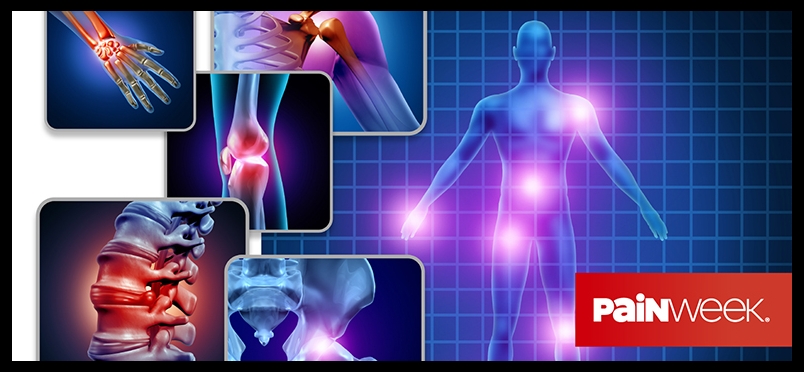| Analgesics
The Future of Pain Management: Multimodal Strategies

The treatment of acute and chronic pain demands a sophisticated, multimodal approach. While we've identified numerous targets and ligands, the journey from analgesic development to FDA approval is a daunting one, with few molecules successfully making it through. Clinicians often find themselves navigating a maze of unknowns—unaware of the limitations of currently approved analgesics, the hurdles faced by agents in development, and the promising molecules for pain treatment currently in clinical trials. This gap in knowledge isn't just a challenge; it's a call to action, a chance to transform the landscape of pain management.
The Economic Burden of Pain:
Pain represents a monumental healthcare challenge, serving as a primary motivator for analgesic use and a significant contributor to work disability. The economic impact is staggering:
- Pain-related expenses surpass the combined costs of treating cancer, diabetes, and heart disease.
- Annual healthcare expenditures associated with pain management and opioid dependence in the United States exceed $100 billion.
The Pharmacological Perspective:
A multimodal pharmacological approach, targeting different receptors along the pain pathway, offers the potential for enhanced analgesia while minimizing class-specific side effects. Despite the identification of numerous nociceptive targets and ligands that they bind to, the successful development and FDA approval of new analgesic molecules remains surprisingly rare. The holy grail of analgesics would be a therapy that controls inflammatory, nociceptive, neuropathic and dysfunctional pain syndromes.
Over-the-Counter (OTC) Analgesics:
Common OTC pain relievers, typically containing acetaminophen or NSAIDs, are widely used but not without risks:
- Many consumers remain unaware of potential adverse effects, including renal, cardiovascular, gastrointestinal, and hepatic dysfunction.
- Topical agents have emerged as a safer alternative for both musculoskeletal and neuropathic pain, offering significantly lower plasma concentration and hence reduced side effects compared to oral formulations.
- Current guidelines recommend topical NSAIDs, with or without menthol, as first-line therapy for musculoskeletal pain.
The Neuropathic Pain Challenge:
Neuropathic pain presents unique treatment difficulties:
- Traditional therapies rely heavily on antidepressants and anticonvulsants.
- These adjuvant analgesics, while effective, are associated with well-documented adverse effects that often limit their therapeutic potential.
Closing the Care Gap Through Continuing Medical Education
To provide optimal patient care, clinicians must:
1. Understand the limitations of currently approved analgesics.
2. Recognize the challenges faced by agents in various stages of development.
3. Stay informed about novel treatments undergoing clinical trials.
4. Embrace a multimodal approach to pain management, considering both pharmacological and non-pharmacological interventions.
Future Prospects and Continuing Education Opportunities
As the landscape of pain management evolves, bridging the knowledge gap becomes crucial. By staying informed about current limitations, ongoing research, and emerging therapies, clinicians can offer more effective, personalized pain management strategies. This approach not only improves patient outcomes but also contributes to addressing the broader societal and economic impacts of pain.
To deepen your understanding and stay updated on the latest advancements, we highly recommend attending our continuing medical education conference, PAINWeek 2024, in Las Vegas (Sept. 3-6). This year's agenda includes over 75 up-to-date, evidence-based scientific instruction courses, further augmented by CME satellite symposia, product theatres, interactive activities, 100+ exhibit booths, and a Scientific Poster Session. Dive into topics such as pain management approaches for the clinical conundrums, the challenges associated with managing patients with multiple chronic pain, and analgesics of the future!
Join us at PAINWeek to gain valuable insights and network with experts in the field, advancing your ability to provide optimal care for patients with acute and chronic pain.
Other Categories:
Did you enjoy this article?
Subscribe to the PAINWeek Newsletter
and get our latest articles and more direct to your inbox
